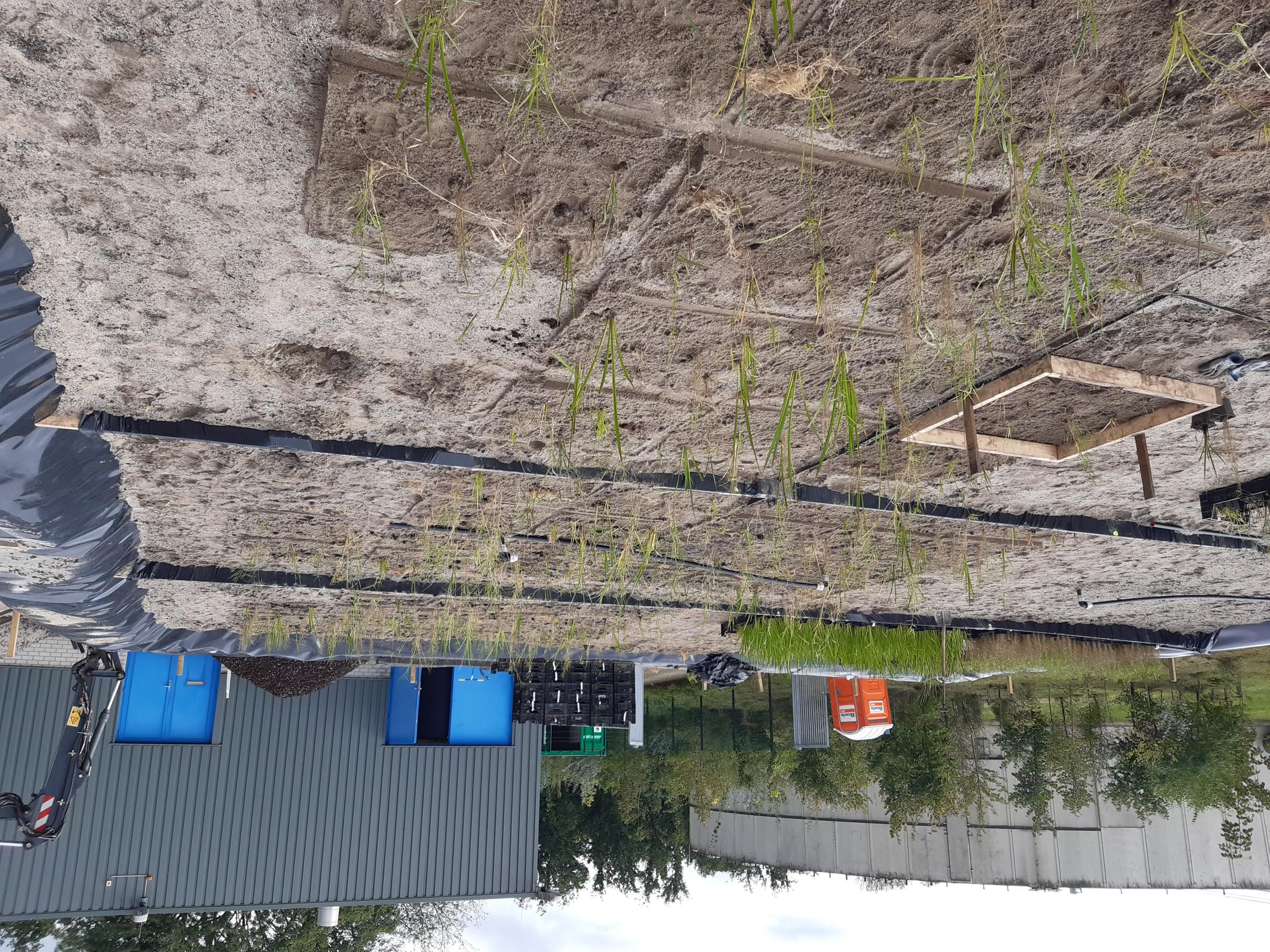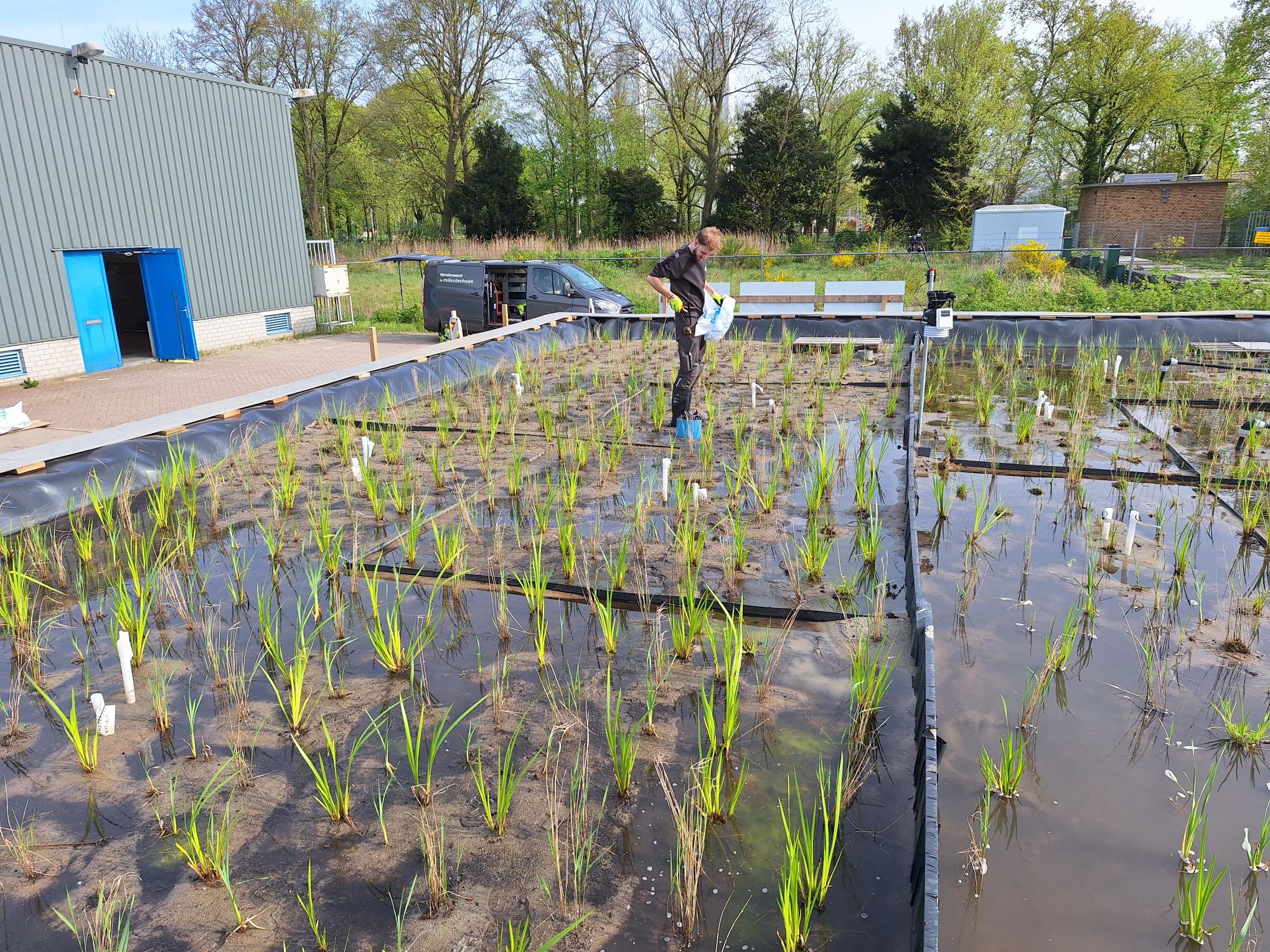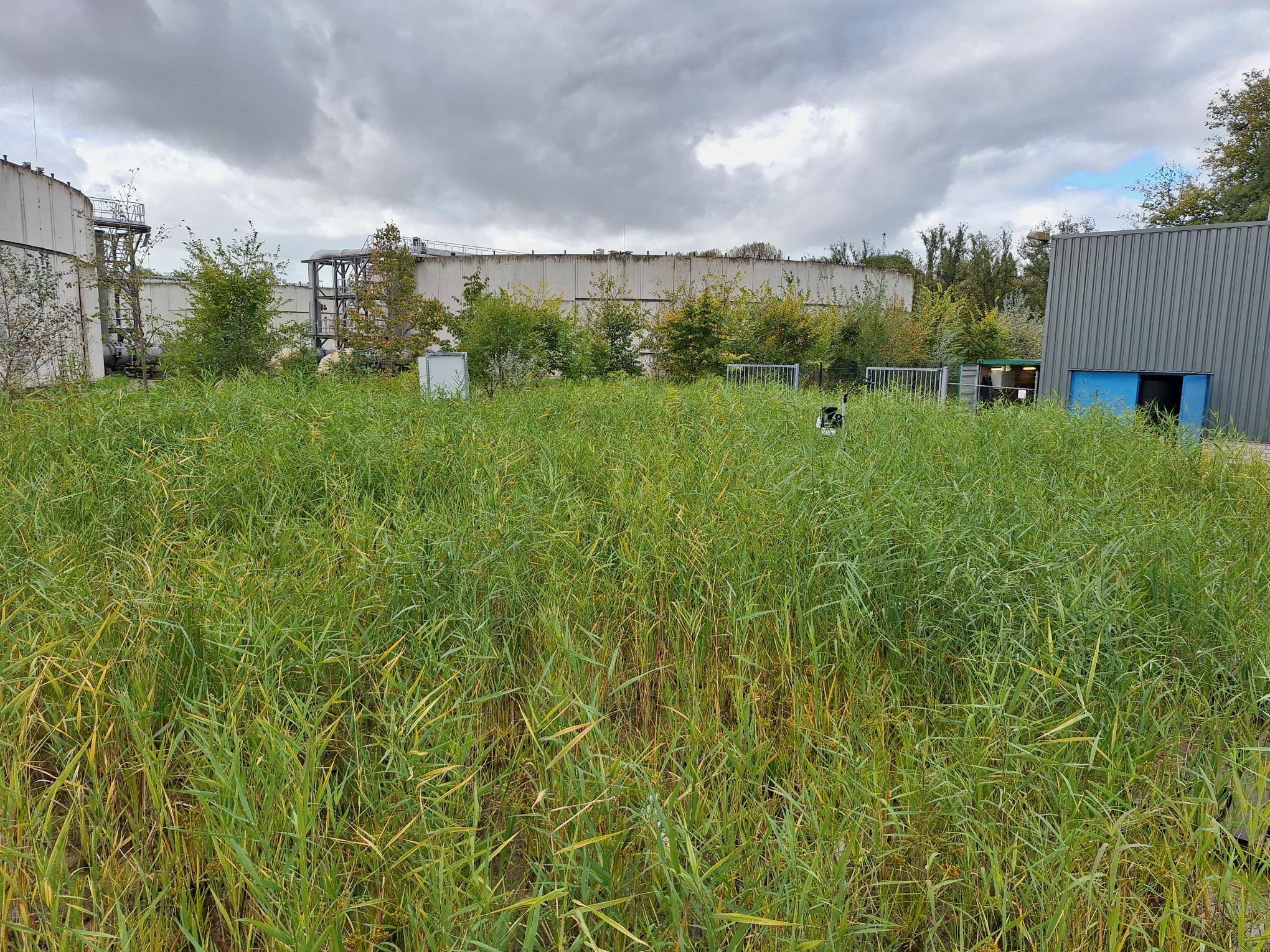Constructed Wetland Pilot for Groundwater Treatment Griftpark, The Netherlands
5 November 2024

What is a constructed wetland?
First, let’s explain what a constructed wetland is. In the natural environment, a "wetland" is the transitional area between land and water. Prime examples are river delta’s, mangroves or marshes. These areas are characterized by a dynamic mix of biological conditions in the soil and water. This variation in biological conditions creates a diversity of natural degradation processes. This principle is applied in a "constructed wetland" with the purpose of biologically breaking down chemical compounds in groundwater. A constructed wetland is essentially an advanced form of a reed bed filter, a type of filter that has been used for decades to treat domestic wastewater streams.
The Pilot
What makes this pilot unique? In this pilot, three types of wetlands are tested simultaneously. The differences between the three types lie in the various soil compositions of the wetland and the option to add oxygen to one of them. Another unique aspect are the contamination levels introduced into the wetlands. The concentrations of BTEX, PAHs, and mineral oils reach several tens of thousands of µg/l, levels typically considered too high for treatment by a constructed wetland. The goal of the pilot is to examine in detail whether a wetland can function effectively at such high concentrations. Finally, various new types of sensors are deployed during the pilot, enabling continuous on-line monitoring of redox potential, pH, and water temperature within the constructed wetlands.
Results
Gradually, the first results are coming in. For instance, the water temperature in the wetland. During the warmest summer months, the temperature reached 23°C, dropping to 14°C by early November. The redox potential of the water in the wetlands is negative, down to -350 mV. A weather station has also been installed on the wetlands as part of the pilot, allowing us to determine the influence of precipitation on the water balance, as well as how much water is used by the plants in the wetland. Finally, contaminant levels show a reduction of 40 to 90%, with PAHs and mineral oils in particular decreasing significantly. Further analyses on specific bacterial populations will reveal the reasons behind this reduction.
The pilot will last approximately 1.5 years and is being conducted at the wastewater treatment plant (WWTP) near Griftpark, where the conventional treatment system for groundwater from Griftpark is also located.



